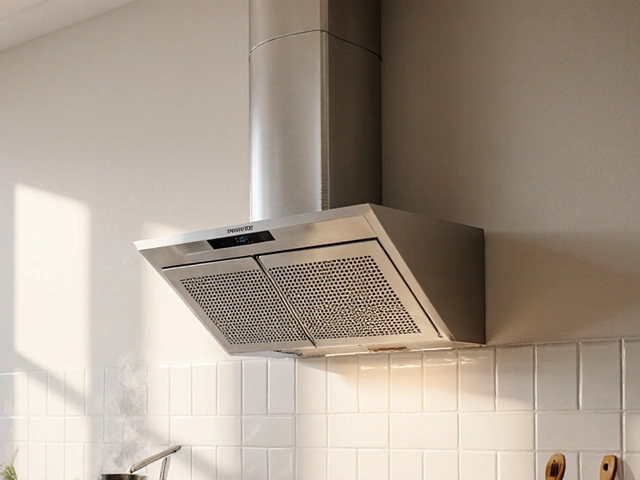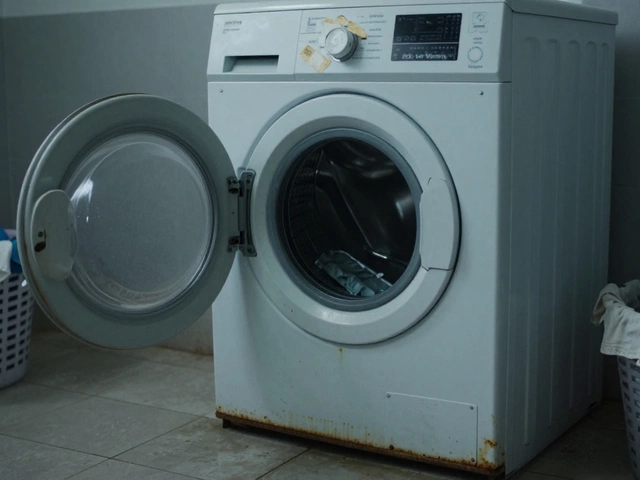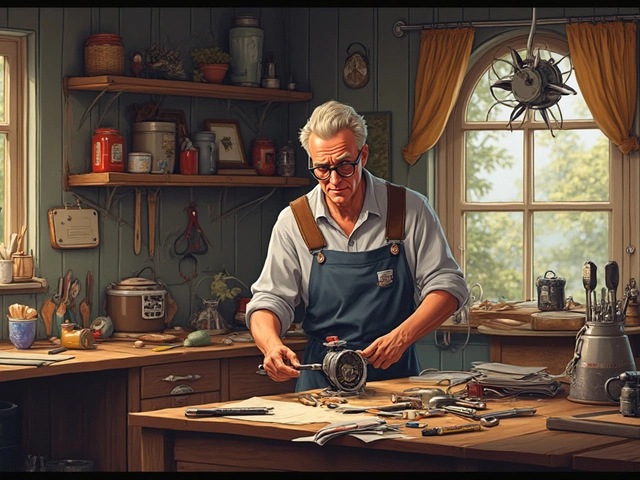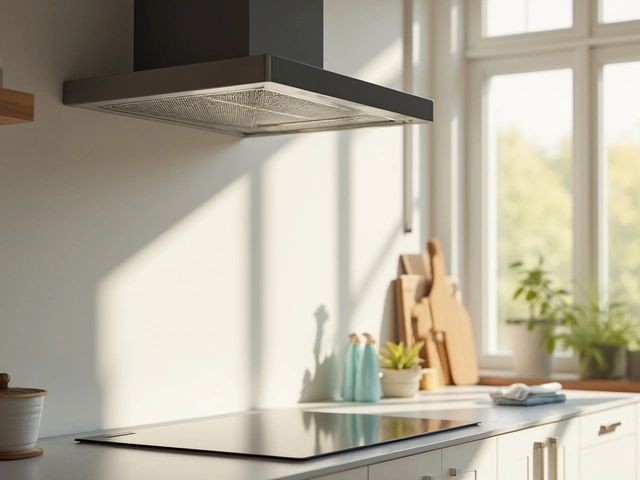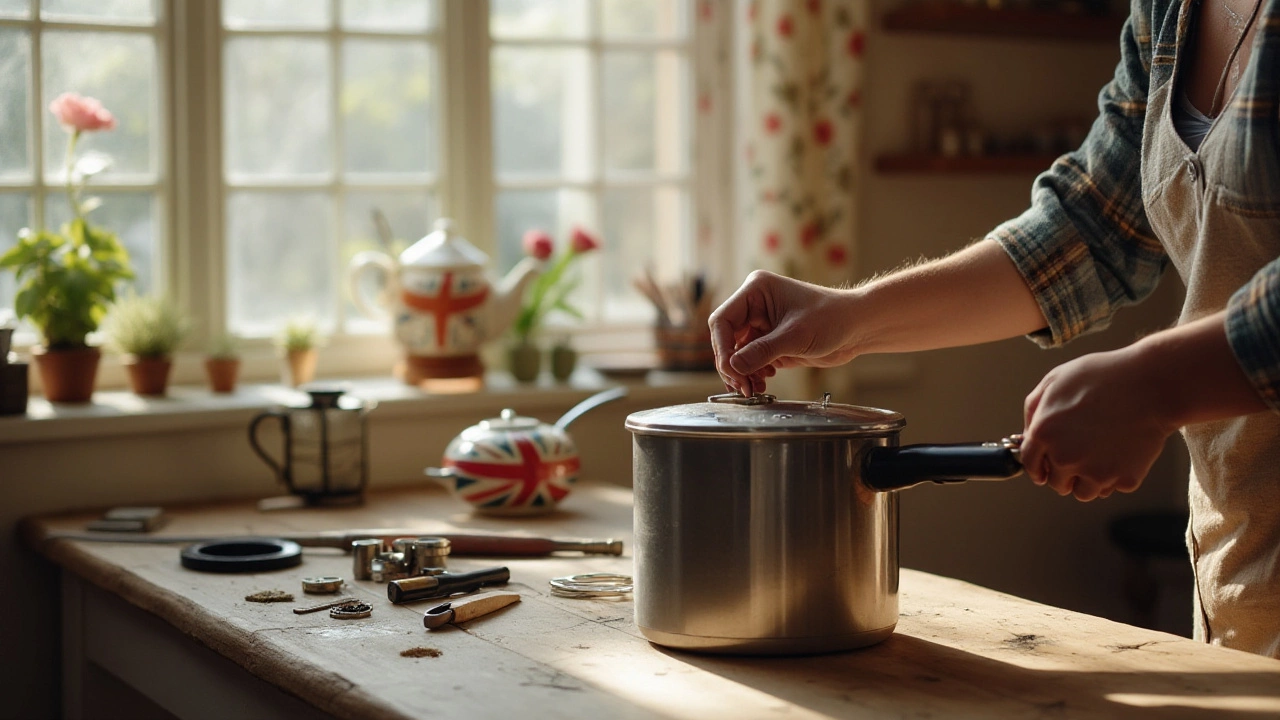DIY Solutions for Everyday Appliance Issues
Got a broken oven, a leaky dishwasher, or a fan that won’t turn on? You don’t always need to call a pro right away. With the right guidance you can tackle many problems yourself, save money, and avoid the wait for an appointment. Below are practical steps that work for most homes in Rugby and beyond.
Why DIY Appliance Repair Makes Sense
First, fixing something yourself cuts the labour cost, which can be a big part of a service quote. Second, most appliances have simple parts that wear out – a heating element, a fuse, a fan belt – and these are easy to replace with basic tools. Third, doing the repair gives you a better understanding of how the device works, which helps you spot future issues before they turn into costly breakdowns.
Safety is the #1 rule. Always unplug the appliance or switch off the circuit breaker before you start. If you’re dealing with gas, like a boiler or gas oven, turn off the gas supply and call a qualified engineer if you’re unsure. A few minutes of preparation can prevent accidents.
Top DIY Fixes for Everyday Problems
1. Oven not heating – Most electric ovens stop heating because a broken heating element or a tripped thermal fuse. Remove the back panel, locate the element, and check it with a multimeter. If it shows no continuity, replace it. The fuse is cheap and easy to swap – just note the amperage rating before you buy a new one.
2. Dishwasher pools water – A clogged filter or blocked drain hose is usually the culprit. Pull out the bottom rack, clean the filter mesh, and run a short hot‑water cycle. If water still stays at the bottom, detach the drain hose, clear any debris, and re‑attach securely.
3. Extractor fan humming but not blowing – Over time the fan blades can gather grease or the motor can snag. Turn off power, remove the fan cover, and clean the blades with a damp cloth. Spin the motor by hand; if it feels stuck, a few drops of oil can free it. If the motor still won’t move, replace the motor – it’s usually a bolt‑on part.
4. Boiler making strange noises – Limescale buildup inside the heat exchanger often causes knocking. Bleed the radiators, then run a descaling solution through the system following the manufacturer’s instructions. If the noise persists, the pump may need replacement.
5. Glass hob cracks – Small cracks can be repaired with a specialized glass repair kit. Clean the surface, apply the resin as directed, and let it cure. For larger cracks, it’s safer to replace the whole hob, but many suppliers offer a single‑piece replacement at a fraction of a full kitchen remodel cost.
Remember to keep a small repair kit handy: screwdrivers, pliers, a multimeter, and a set of common spare parts (fuses, heating elements, fan motors). Having these tools on hand means you can jump on a problem the moment it shows up.
When a fix feels beyond your skill level, don’t hesitate to call a local professional. The goal of DIY is to handle the easy stuff while knowing when a job needs a qualified technician. This balance saves you money without risking safety.
So next time an appliance throws a fit, grab your toolbox, follow a clear step‑by‑step guide, and give yourself a win. Your kitchen and home will run smoother, and you’ll feel more confident handling future repairs.
